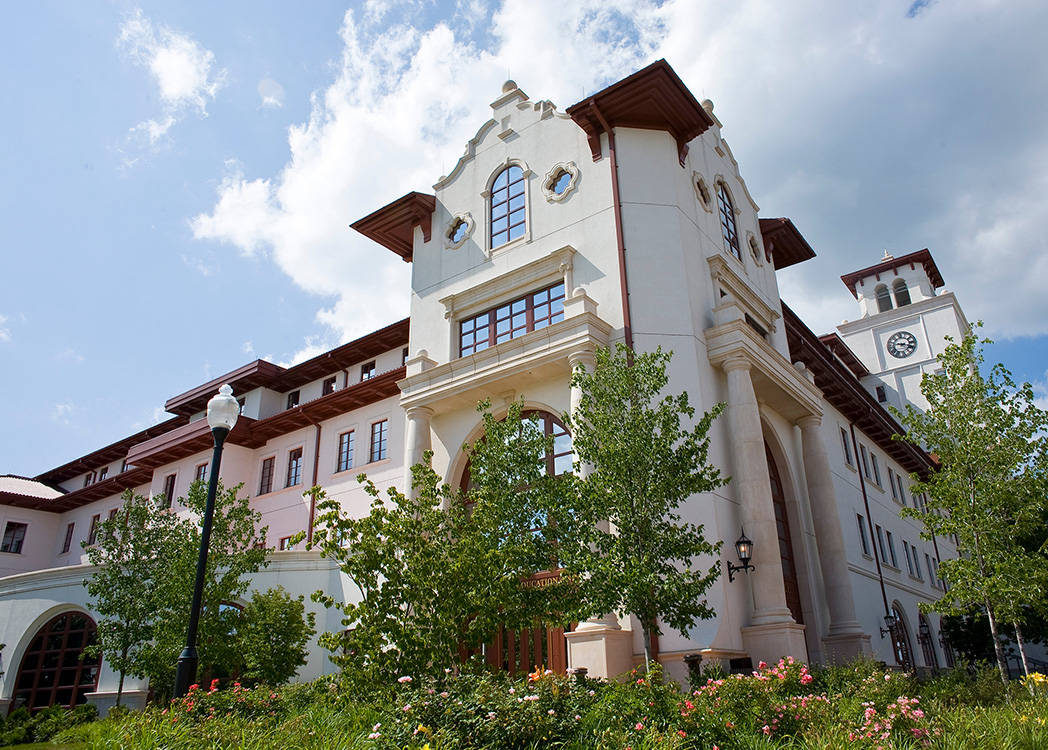On a campus that prides itself on diversity and inclusion, addressing the lack of accessibility and services provided for students with disabilities has become a major concern among the Montclair State community.
Students with disabilities have finally decided to speak up and the resulting social media campaign petitioning these deficiencies on campus is quickly gaining speed, grabbing the attention of several local media outlets.
Matthew Flanagan, a second-year graduate student with Guillain-Barré syndrome, has experienced first-hand the difficulties of navigating around campus with a disability. “Besides entrances, the accessible ramp heading up to Kasser [Theater] floods out every day it rains,” said Flanagan. “When this happens, maintenance blocks the entrance. Last week, instead of pushing the water away, I and several other students were forced to walk up the hill from Red Hawk [Parking Deck]—which would seem like nothing until you realize we can only walk a couple hundred feet at a time with our walkers when wearing backpacks.”
After a fellow disabled student fell while trying to navigate University Hall this past March, Flanagan decided that it was time for change. In response, he launched the movement through Twitter to #makeMSUaccessible. In a few short months, the petition has acquired over 80 signatures as well as the support of the Christopher & Dana Reeve Foundation and the backing of the director of the New Jersey State Disability Department.
Areas lacking sufficient accessibility include entrances to Richardson Hall, Memorial Auditorium, the Red Hawk Parking Deck and the lower-level College Hall entrances. Even the accessible doors in newer buildings, such as the University Hall entrance opposite the Student Center Annex, suffer from a lack of maintenance and are therefore frequently nonfunctional.
Along with issues of accessibility, students also find campus transportation to be less than satisfactory. The disabilities shuttle service only travels between a few main buildings on campus, forcing impaired students to walk the hills and uneven pavement, often for long distances. “When I need to get to the opposite side of campus but the bus can only take me to a certain building, I have to walk,” said Tiffani Waters, a senior with Multiple Sclerosis. “When the weather decides to attack me and I am left vulnerable to wicked winds, I need to be dropped off directly at the building to minimize harm to myself.”
Flanagan and those backing his campaign are strong supporters of the idea that “disability” is simply “a socially constructed phenomenon.”
In venues that are universally designed without taking into consideration the varying population which might frequent these locations, even the smallest of physical impairments turn into crippling disabilities. “As a group, a culture and a body of students who are part of the MSU community, we can no longer tolerate being institutionally oppressed in an environment that is non-inclusive of our basic mobility needs. I and others are forced to adapt to the campus instead of immersing in it,” stated Flanagan.
Without accommodations for these types of students, many feel that the university implicitly supports society’s systematic disablement of those suffering from impairments, and the resulting campaign to make MSU accessible plans to change that.



